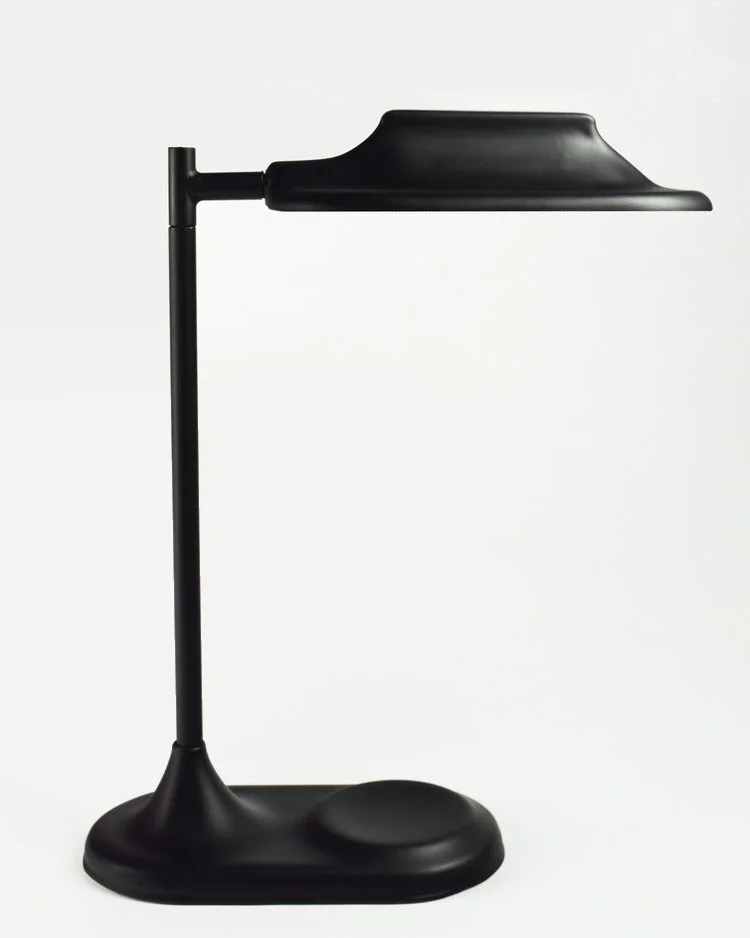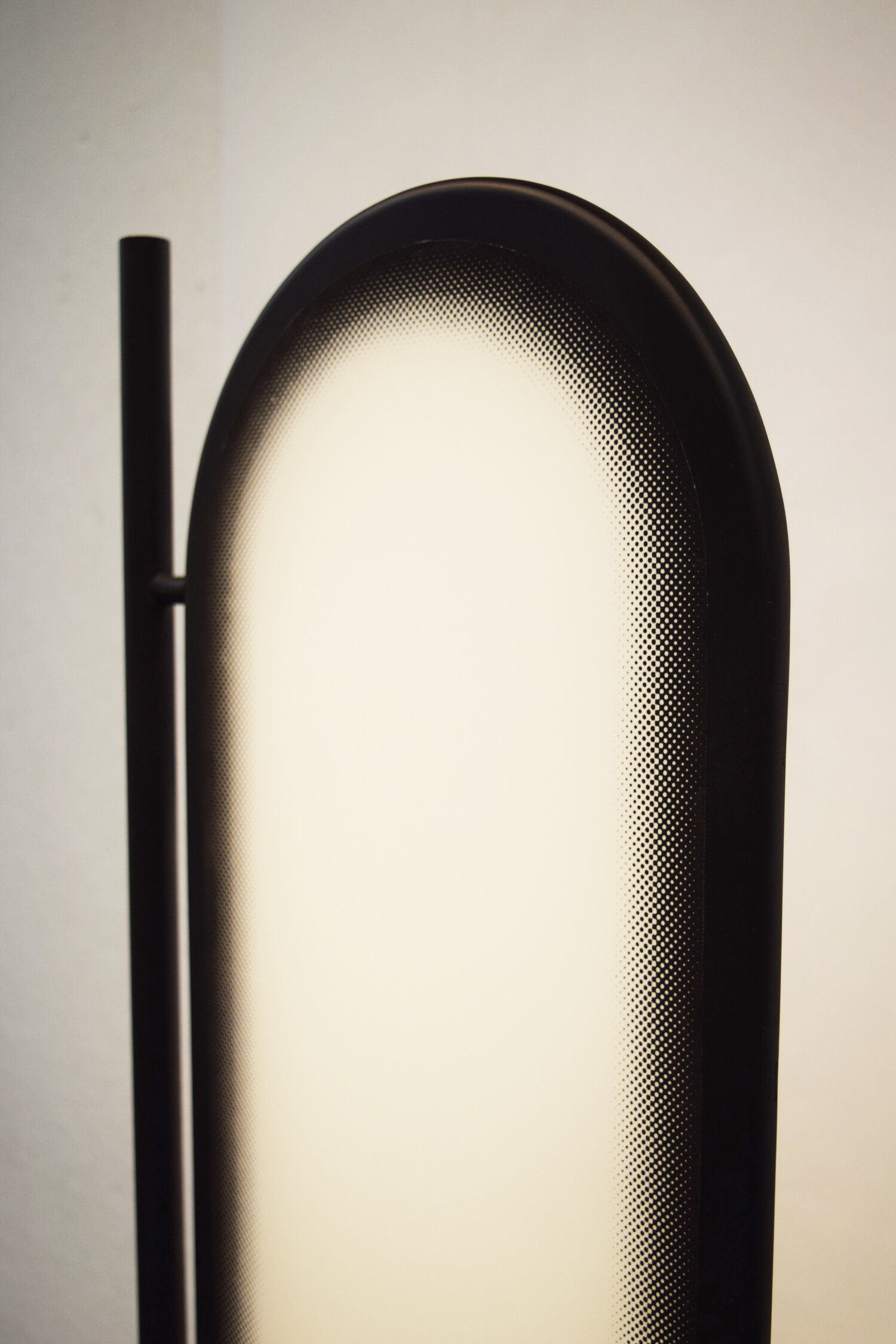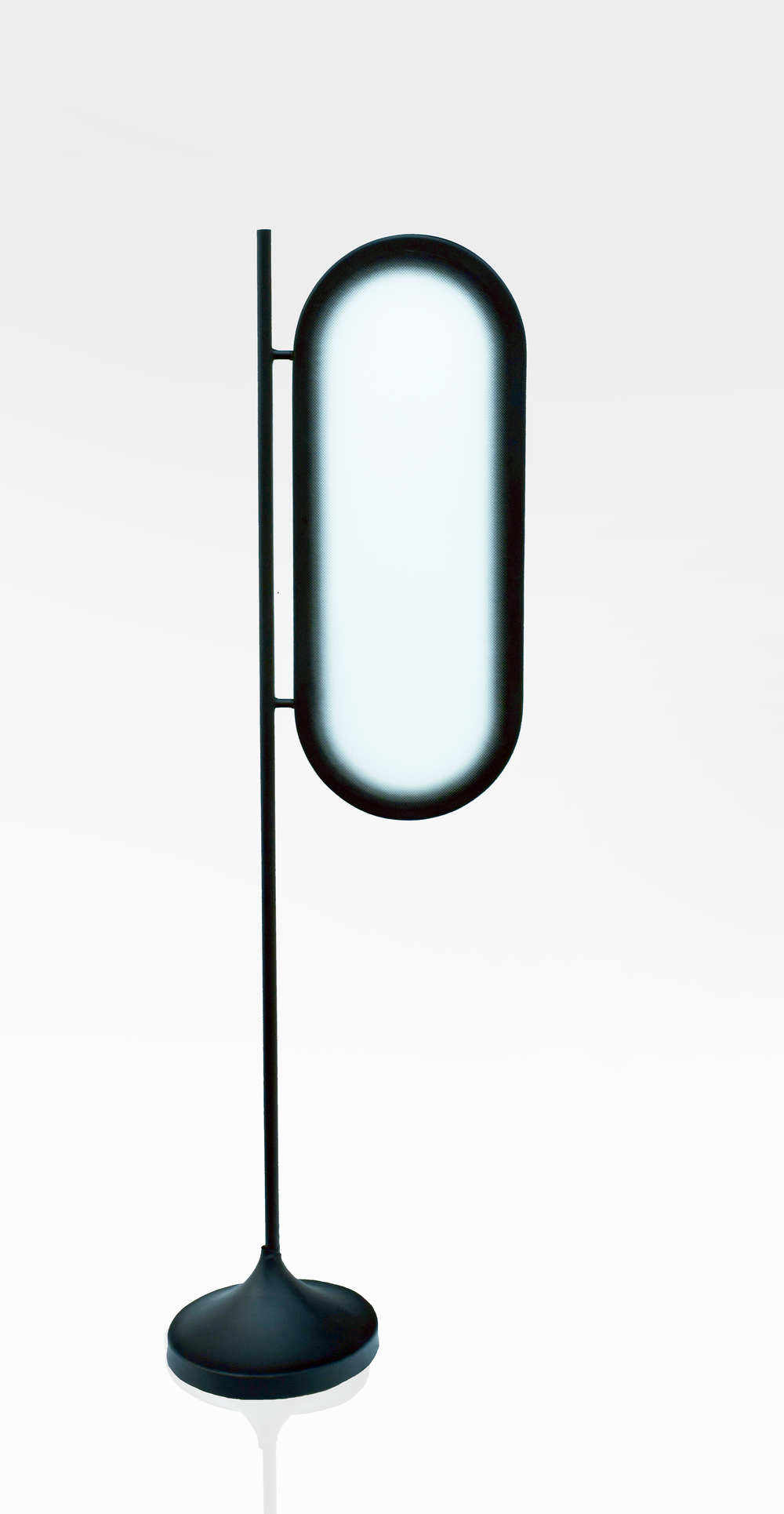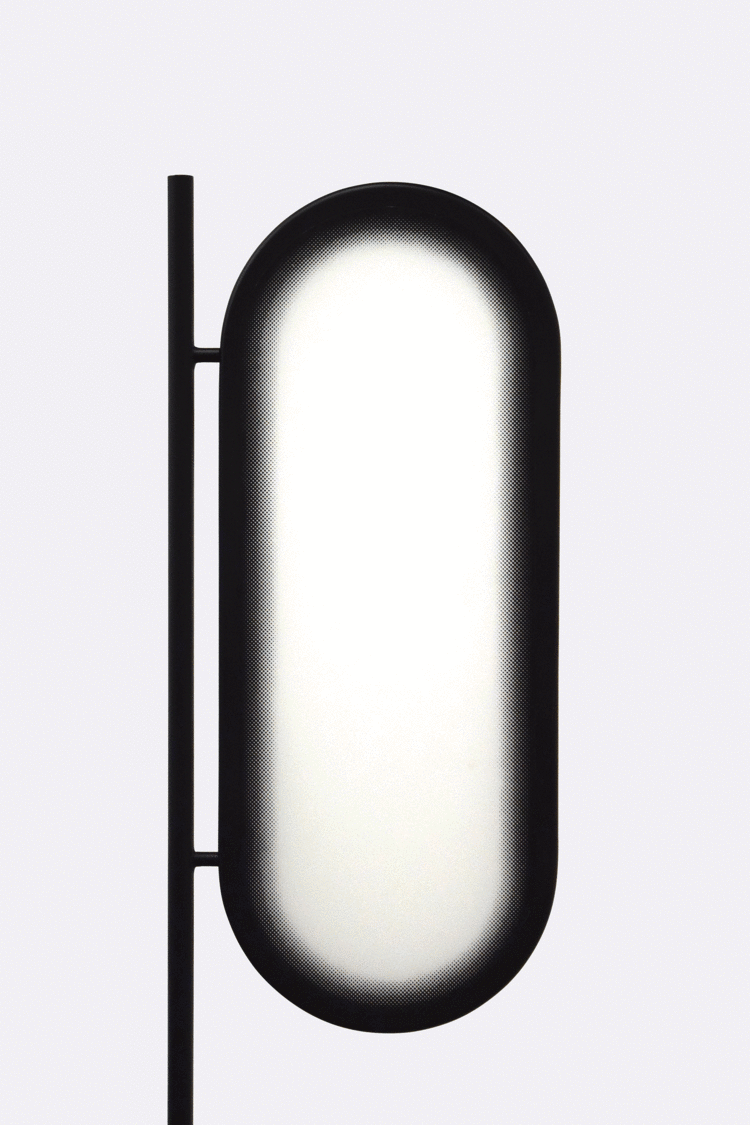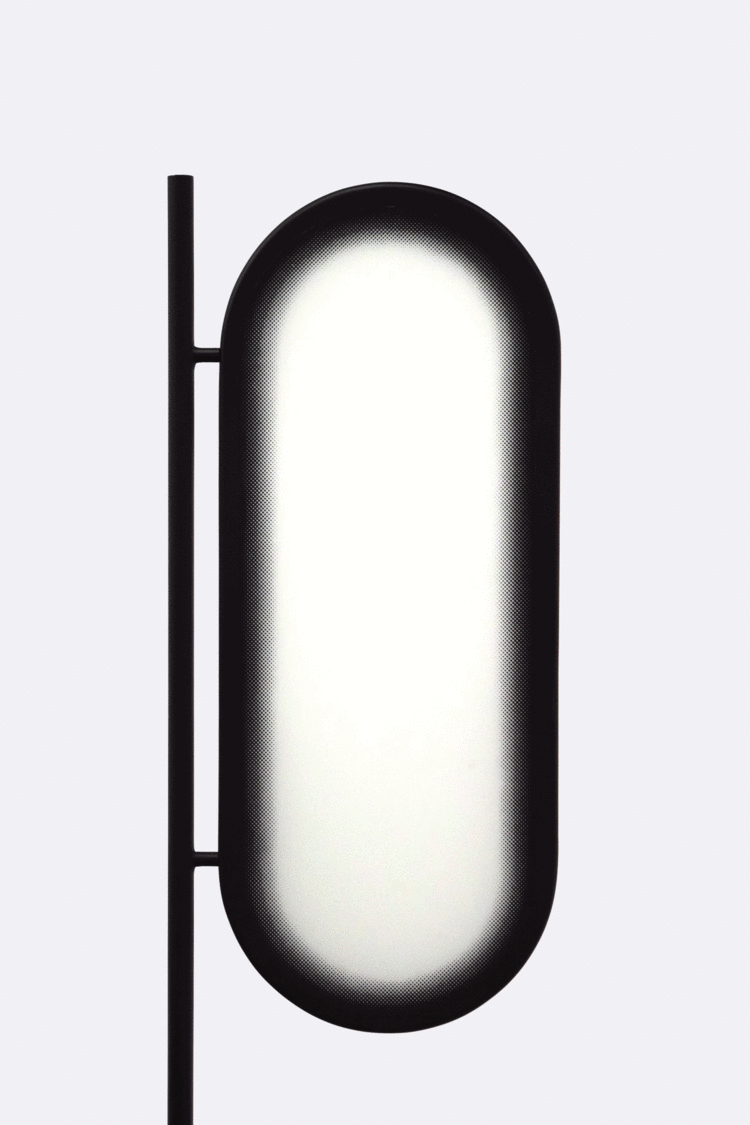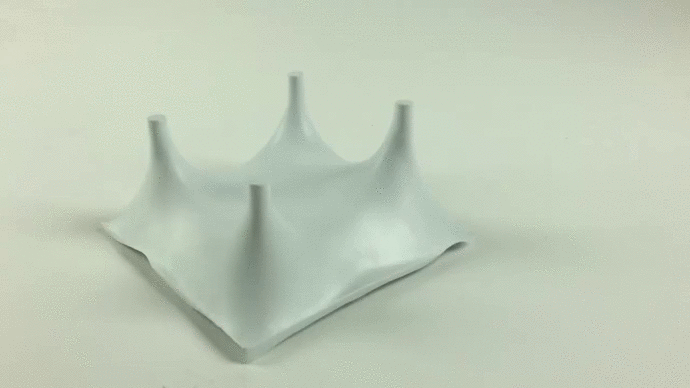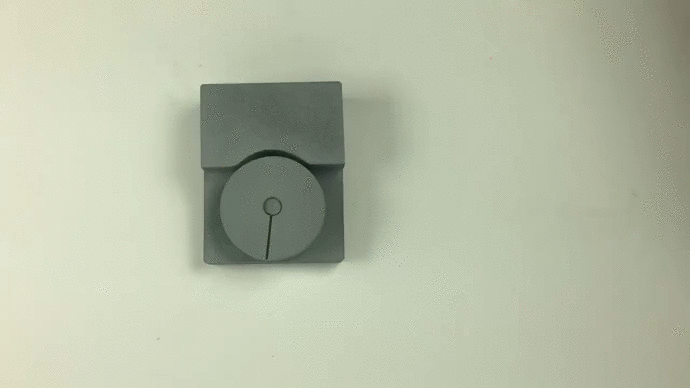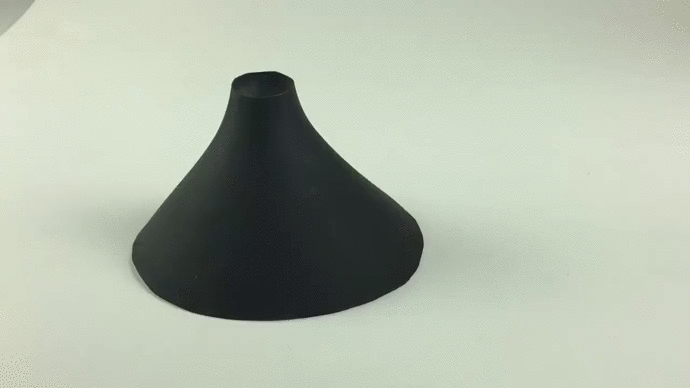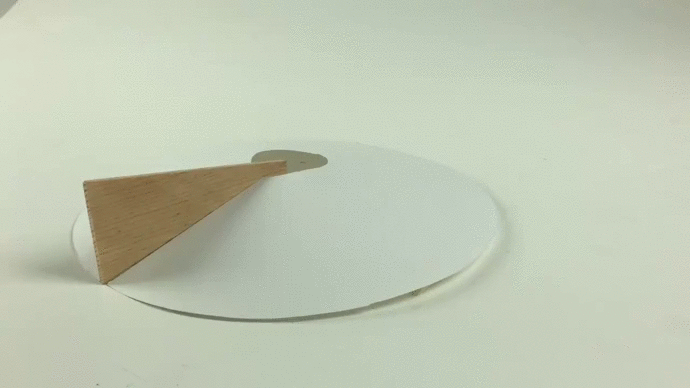Ubiquitous Computing in the Home
U N I V E R S I T Y
Rhode Island School of Design
Y E A R
2015
R O L E
Industrial Design, Research, Strategy
Introduction
As connected devices becomes more relevant, I predict that home goods companies will want to initiate their own IoT products. The future of connected devices requires new and forward looking mechanisms to control them. Before ubiquitous computing, ambient intelligence, and mixed reality is broadly obtainable, I will conceptualize how physical interactions beyond the 2-D screen can be a more productive and enjoyable experience.
System Goals
Create delightful and intuitive user experiences through interacting with physical objects that fulfill basic human needs like security, entertainment, health, and self confidence.
Research current and future forms of ubiquitous computing to understand how we can control the smart home before big data and big context are relevant and popular technologies.
Gain confidence with form development, prototyping, and model making through iterative concept development and model making processes.
Visual Subtlety
A task lamp that notifies.
Our notifications are signaled to us through our phones with a sounding ping to keep us connected to our personal data and information. This method is obtrusive by taking us away from task we are concentrating on because we recognize the sound and then immediately grab our phones to see if the notification was important or just something we'd like to read later.
I believe a subtle notification through lighting would be less obtrusive than the way we handle personal data delivery currently.
Touch sensitive surfaces combine an intuitive physical interaction but the magic of the digital creates an interaction that feels simple.
Physical Input + Visual Output
Before smart homes are fully automated years from now without much human input, systems will make decisions based on context to assume what the user wants. How should we control the environment now? Controlling the smart objects and environment around us could be changed with physical interfaces beyond the screen. The object is a controller with an obvious interface that can be learned by using the object without direction.
With this controller, the user taps on the object to make their selection which becomes understood by the color that is associated with a specific function pre designated by the user. The color corresponds with the visual output device, in this case a lamp to control aspects of the environment ie; temperature, brightness, amplitude, volume, etc.
Intuitive Interface
A simple interface that uses a reference to the physical world can be understood without screen based imagery . This object is referencing a clock, and when the user touches the object, the clock signifies one of the buttons as 12. The user recognized the object as a clock because of the 12 protruding buttons. In this case, the user is setting an alarm for 8:35. The object then counts down how much time is left before the alarm will sound by the blinking lights. A subtle illuminated reminder. I imaging objects like this could be organized in different way to adjust different functions beyond time based functions.


